A remarkable early-18th -Century Maghribi astrolabe made for a pilgrim to take to the Holy Cities of Mecca and Medina, brass, with some silver -- 165mm. (6½in.) diameter; 6mm. (¼in.) thick Provenance unknown International Instrument Checklist no. 4300 See Back Cover and Illustrations This previously undocumented astrolabe is at first sight a typical late Maghribi piece, with the rete or star-map in a standard Maghribi design, the star-names in the Maghribi-Andalusi tradition, a few plates for various latitudes, and a solar-calendrical scale in the Western Islamic tradition. However, closer inspection reveals a host of features that make this astrolabe unique amongst surviving Islamic instruments. The astrolabe is competently made. First, the form of the star-pointers is unusual, as is the pair of elegant mauresque frames at the bottom of the rete. Second, the buttons on the star-pointers on the rete and the knobs on each side of its horizontal diameter are decorated with silver. Third, the piece is signed and dated, whereas most late Maghribi astrolabes are neither signed nor dated. Fourth, not only has one of the plates been constructed for the wrong latitude, but the maker has used a very unusual construction technique that is otherwise attested only in a text and on one other known astrolabe, both from medieval Christian Spain. Fifth, the most remarkable feature: the localities whose latitudes are served by the geographical plates represent a string of localities between Fez and the Holy Cities of Mecca and Medina. Whilst this is not in itself unusual, in this case, these localities are further identified in an inscription on the mater of the astrolabe under the plates, with their longitudes engraved. The inscription on the back of the throne identifies the maker and date. It translates: "Praise be to God alone. (The) maker of (this astrolabe) is Ahmad [?? ??] al-Sharafi al-'Alami al-Maghribi in the year 1121 (Hijra). If the name of Ahmad's father is "'Ali" then the word "ibn" for "son of" is improperly engraved. An Ahmad ibn 'Ali al-Sharafi is known to us as the maker of an astrolabe dated 729 Hijra [= 1328/29] that is now in the Statens Sjvhistoriska Museum in Stockholm, but these three components are very common in Maghribi names. Otherwise the name could be read as "Ahmad ibn A'lam". The name A'lam would be most unusual but credible (there was an astronomer in 10th-century Baghdad named Ibn al-A'lam). The epithet al-'Alami is an attested Maghribi name, and there is a later Maghribi astronomer with the name 'Abd al-Salbm ibn Muhammad ibn Ahmad al-'Alamn (King, Survey of the Scientific Manuscripts in the Egyptian National Library, 1986, no. F62). The Egyptian polymath al-Suyûtî (ca. 1500) in his book on such names (al-Lubâb fî tahrîr al-ansâb, 1840 edn., p. 181) states that the epithet represents the name of an ancestor named 'Alam. In this case, perhaps "al-'Alamî" is derived from "al-A'lamî", which is linguistically feasible. On the other hand, the double epithet "al-Sharafn al-'Alamî" also relates to the descendants of the Moroccan saint and mystic 'Abd al-Salâm ibn Mashîsh (ca. 1200), who is buried in Mount al-'Alam near Tetuan (Encyclopedia of Islam, article "al-'Alamî"). The date, in Hindu-Arabic numerals, corresponds to 1709/10. All other numbers on the astrolabe, including the geographical data recorded below, are in standard Maghribi alphanumerical (abjad) notation. The scale of the ecliptic is divided for each 6° of each of the named signs of the Zodiac. The star-pointers serve the following 25 (6+6+6+7) stars, here listed counterclockwise in the four quadrants starting at the vernal equinox on the left hand side: batn qaytûs (ra's) al-ghûl al-dabarân qadam al-jawzâ 'ayyûq mankib al-jawzâ //al-'abûr al-ghumaysâ rijl al-dubb shujâ' qalb al-asad [al-ghurâb] (mislabelled al-a'zal) //al-a'zal râmih fakka al-hayya qalb al-'aqrab ra's al-hawwâ //wâqi' dhanab al-jady al-nasr al-tâ'ir al-dulfnn ridf mankib al-far
A remarkable early-18th -Century Maghribi astrolabe made for a pilgrim to take to the Holy Cities of Mecca and Medina, brass, with some silver -- 165mm. (6½in.) diameter; 6mm. (¼in.) thick Provenance unknown International Instrument Checklist no. 4300 See Back Cover and Illustrations This previously undocumented astrolabe is at first sight a typical late Maghribi piece, with the rete or star-map in a standard Maghribi design, the star-names in the Maghribi-Andalusi tradition, a few plates for various latitudes, and a solar-calendrical scale in the Western Islamic tradition. However, closer inspection reveals a host of features that make this astrolabe unique amongst surviving Islamic instruments. The astrolabe is competently made. First, the form of the star-pointers is unusual, as is the pair of elegant mauresque frames at the bottom of the rete. Second, the buttons on the star-pointers on the rete and the knobs on each side of its horizontal diameter are decorated with silver. Third, the piece is signed and dated, whereas most late Maghribi astrolabes are neither signed nor dated. Fourth, not only has one of the plates been constructed for the wrong latitude, but the maker has used a very unusual construction technique that is otherwise attested only in a text and on one other known astrolabe, both from medieval Christian Spain. Fifth, the most remarkable feature: the localities whose latitudes are served by the geographical plates represent a string of localities between Fez and the Holy Cities of Mecca and Medina. Whilst this is not in itself unusual, in this case, these localities are further identified in an inscription on the mater of the astrolabe under the plates, with their longitudes engraved. The inscription on the back of the throne identifies the maker and date. It translates: "Praise be to God alone. (The) maker of (this astrolabe) is Ahmad [?? ??] al-Sharafi al-'Alami al-Maghribi in the year 1121 (Hijra). If the name of Ahmad's father is "'Ali" then the word "ibn" for "son of" is improperly engraved. An Ahmad ibn 'Ali al-Sharafi is known to us as the maker of an astrolabe dated 729 Hijra [= 1328/29] that is now in the Statens Sjvhistoriska Museum in Stockholm, but these three components are very common in Maghribi names. Otherwise the name could be read as "Ahmad ibn A'lam". The name A'lam would be most unusual but credible (there was an astronomer in 10th-century Baghdad named Ibn al-A'lam). The epithet al-'Alami is an attested Maghribi name, and there is a later Maghribi astronomer with the name 'Abd al-Salbm ibn Muhammad ibn Ahmad al-'Alamn (King, Survey of the Scientific Manuscripts in the Egyptian National Library, 1986, no. F62). The Egyptian polymath al-Suyûtî (ca. 1500) in his book on such names (al-Lubâb fî tahrîr al-ansâb, 1840 edn., p. 181) states that the epithet represents the name of an ancestor named 'Alam. In this case, perhaps "al-'Alamî" is derived from "al-A'lamî", which is linguistically feasible. On the other hand, the double epithet "al-Sharafn al-'Alamî" also relates to the descendants of the Moroccan saint and mystic 'Abd al-Salâm ibn Mashîsh (ca. 1200), who is buried in Mount al-'Alam near Tetuan (Encyclopedia of Islam, article "al-'Alamî"). The date, in Hindu-Arabic numerals, corresponds to 1709/10. All other numbers on the astrolabe, including the geographical data recorded below, are in standard Maghribi alphanumerical (abjad) notation. The scale of the ecliptic is divided for each 6° of each of the named signs of the Zodiac. The star-pointers serve the following 25 (6+6+6+7) stars, here listed counterclockwise in the four quadrants starting at the vernal equinox on the left hand side: batn qaytûs (ra's) al-ghûl al-dabarân qadam al-jawzâ 'ayyûq mankib al-jawzâ //al-'abûr al-ghumaysâ rijl al-dubb shujâ' qalb al-asad [al-ghurâb] (mislabelled al-a'zal) //al-a'zal râmih fakka al-hayya qalb al-'aqrab ra's al-hawwâ //wâqi' dhanab al-jady al-nasr al-tâ'ir al-dulfnn ridf mankib al-far

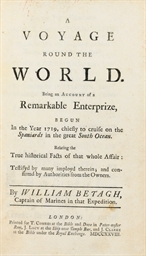




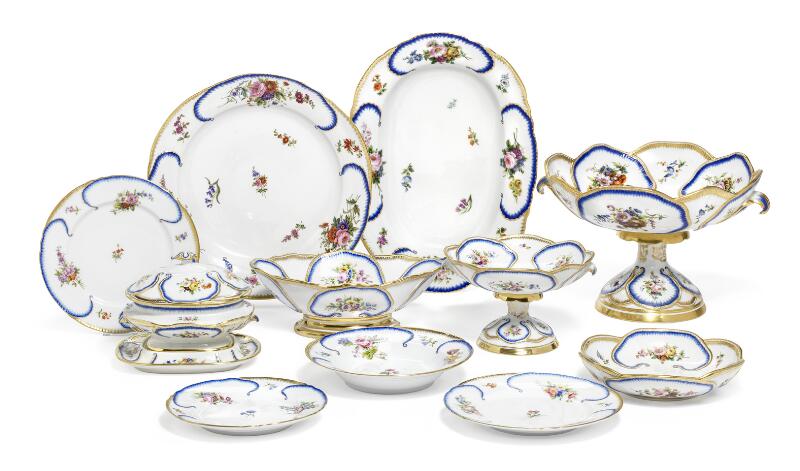
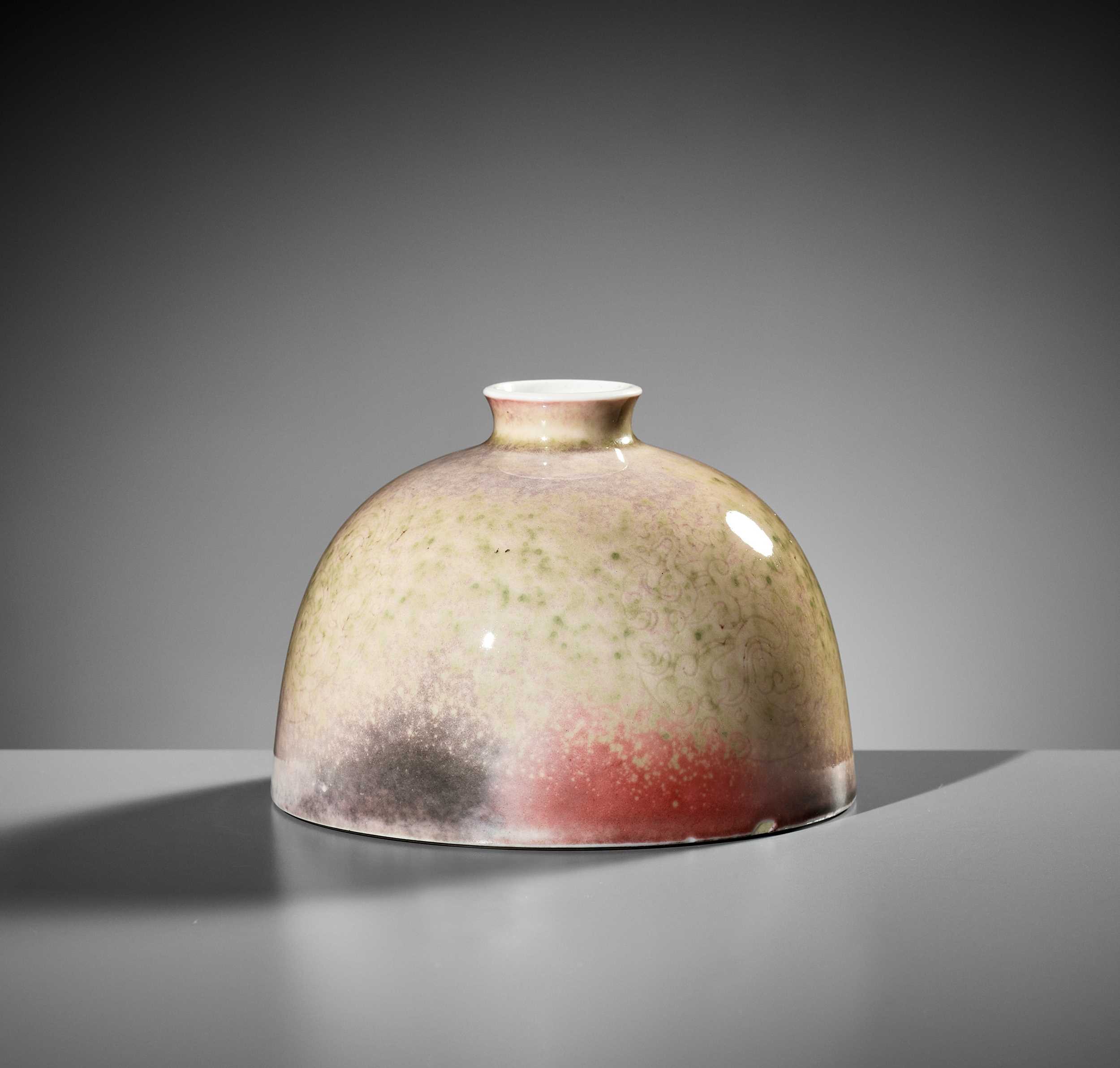


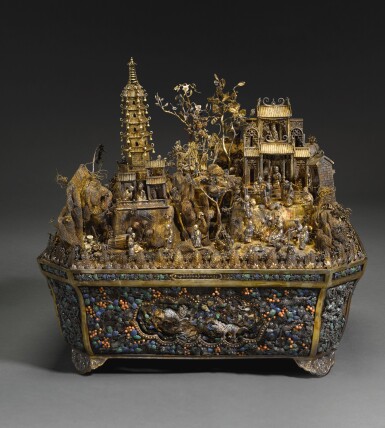
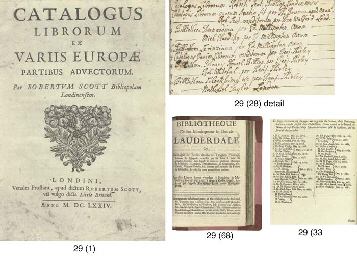



Try LotSearch and its premium features for 7 days - without any costs!
Be notified automatically about new items in upcoming auctions.
Create an alert